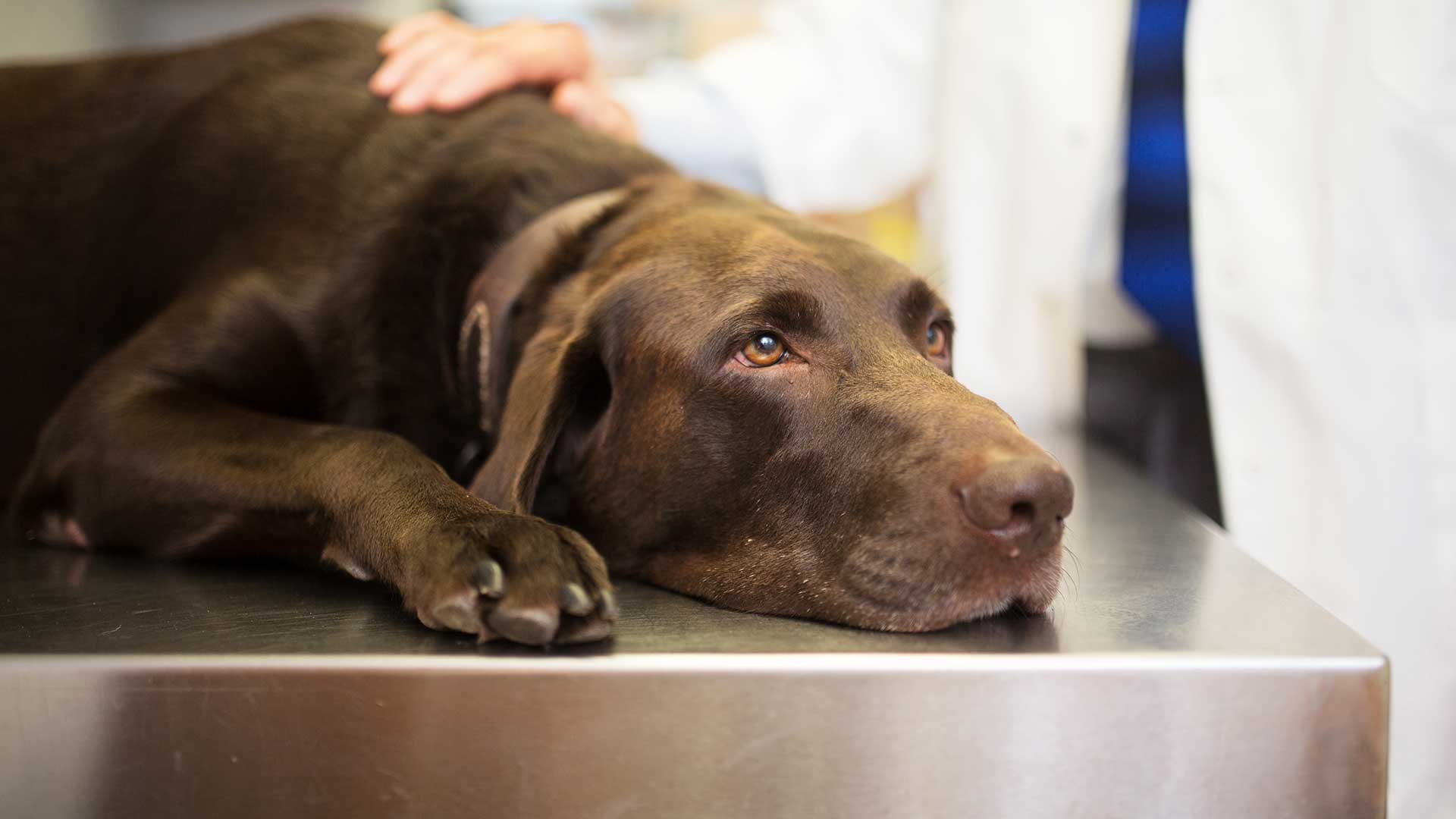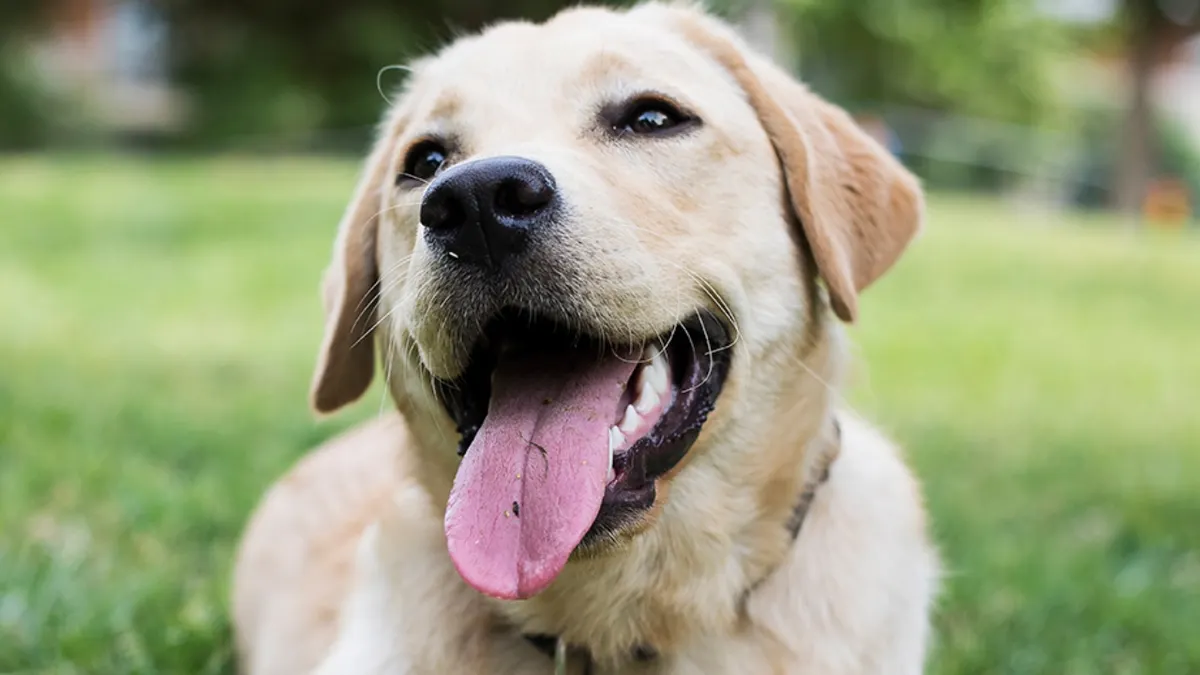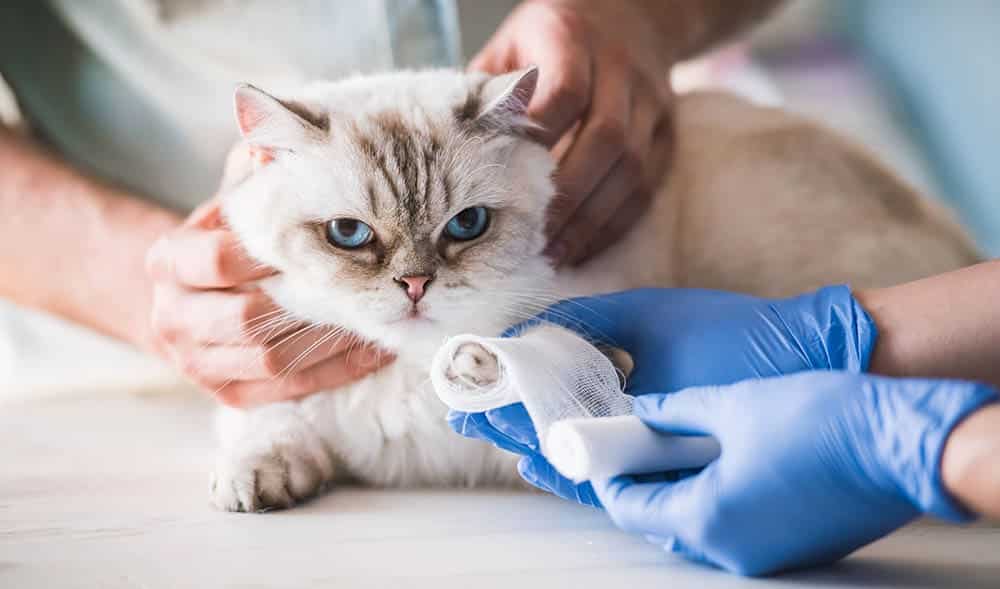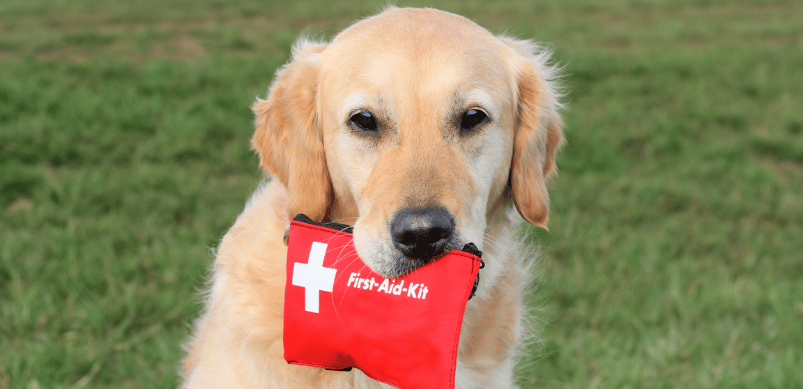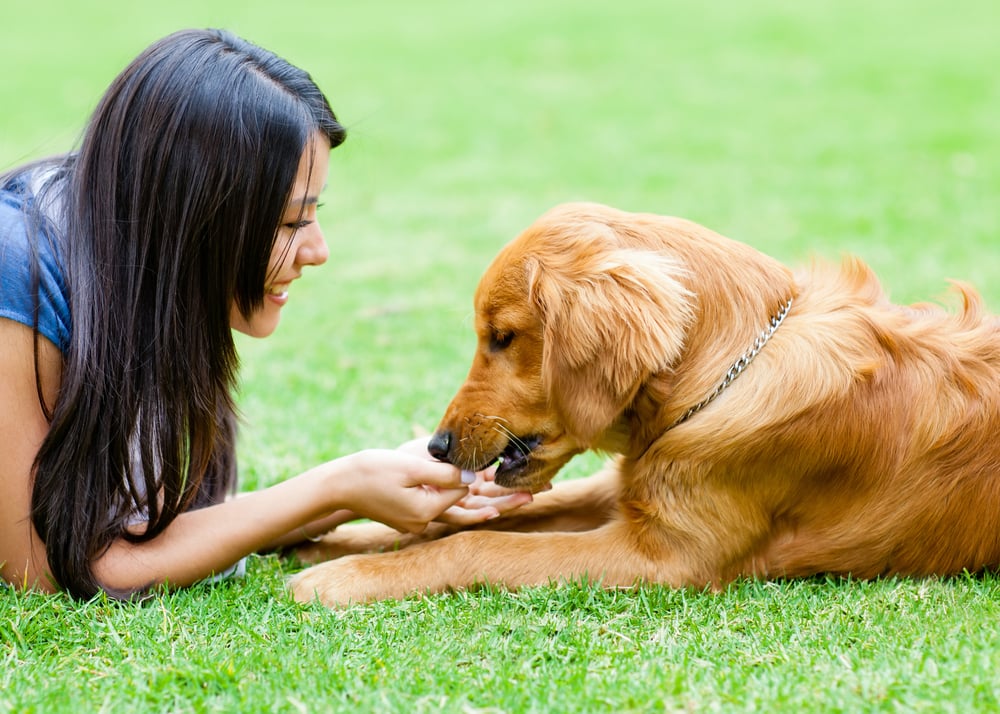Picture this: It’s a sunny afternoon, and my golden retriever, Max, is bounding through the backyard like he owns the place. One wrong leap over a low fence, and suddenly he’s yelping, limping on what turns out to be a nasty cut from a hidden sharp edge. My heart raced—I’d never dealt with something like that before. Grabbing a towel to stop the bleeding and rushing him to the vet taught me a hard lesson: Knowing basic animal first aid isn’t just handy; it can be a lifesaver. That experience turned me into a advocate for pet preparedness, and I’ve since helped friends set up their own kits and even taken a course. If you’re a pet parent, whether to a bouncy pup or a curious cat, this guide is for you. We’ll cover the fundamentals, from building a kit to handling emergencies, all drawn from reliable vet sources and real-life insights. Stick with me, and you’ll feel more confident the next time trouble strikes.
Animal first aid is about those critical moments when your furry friend needs immediate help before professional care arrives. It’s not a replacement for a vet visit, but it can stabilize situations like injuries or sudden illnesses. Think of it as the bridge between panic and proper treatment—simple actions that buy precious time.
What Is Animal First Aid?
At its core, animal first aid involves quick, practical steps to address injuries or health crises in pets. It’s tailored to common household animals like dogs and cats, focusing on stabilizing them until a veterinarian can take over. From my Max incident, I learned it’s about staying calm and using basic tools to prevent things from worsening.
The Goals of First Aid for Pets
The main aims are to preserve life, reduce pain, and prevent further harm. This means controlling bleeding, supporting breathing, or immobilizing a fracture. It’s empowering to know these basics—I’ve seen pet owners turn potential disasters into manageable events just by acting swiftly.
Differences Between Human and Animal First Aid
Pets can’t tell us what’s wrong, so we rely on observation. Their anatomy differs too—dogs have faster heart rates, and cats hide pain better. Humorously, you won’t catch a cat complaining about a headache, but spotting subtle signs like lethargy can clue you in early.
Why Every Pet Owner Should Learn Animal First Aid
Emergencies don’t schedule appointments. Learning these skills gives you peace of mind and could save your pet’s life. After Max’s scare, I realized unpreparedness adds stress; now, with knowledge in hand, I sleep better knowing I can handle the unexpected.
The Emotional Bond and Responsibility
Our pets are family, right? That bond makes us want to protect them. I’ve cried over vet bills, but the real heartbreak is feeling helpless. Mastering first aid strengthens that connection, turning you from worried owner to capable guardian.
Statistics on Pet Emergencies
Roughly one in three pets faces an emergency yearly, from accidents to ingestions. Quick action boosts survival rates—studies show pets with immediate care fare better. It’s a small investment in time for big rewards.
- Reduces vet costs by preventing complications.
- Builds confidence in daily pet care.
- Prepares for natural disasters or travel mishaps.
| Benefit | Impact on Pet Owners |
|---|---|
| Quick Response | Lowers stress levels during crises |
| Cost Savings | Avoids escalated treatments |
| Bond Strengthening | Enhances trust between pet and owner |
Pros: Empowers you, potentially saves lives. Cons: Requires ongoing practice to stay sharp.
Building Your Pet First Aid Kit: Essentials and Tips
Start with a waterproof container—label it clearly for grab-and-go ease. Stock it based on your pet’s needs; for my active dog, I prioritize wound care. Check it quarterly to replace expired items.
Must-Have Items for Basic Care
Include gauze pads, adhesive tape, and antiseptic wipes for wounds. Add a thermometer, tweezers, and saline solution too. From experience, hydrogen peroxide is great for inducing vomiting in dogs (vet-approved only), but skip it for cats.
Specialized Tools for Specific Pets
For dogs, add a muzzle to prevent bites during pain. Cats might need a towel for safe handling. I once used a soft blanket to wrap a friend’s scared kitty after a fall—it calmed her instantly.
- Gauze and bandages for bleeding control.
- Scissors and tweezers for debris removal.
- Medications like diphenhydramine for allergies (dose per vet advice).
| Item | Purpose |
|---|---|
| Gauze Pads | Absorb blood, cover wounds |
| Thermometer | Check for fever or hypothermia |
| Muzzle | Safety during treatment |
| Saline Solution | Flush eyes or wounds |
Pros of a home kit: Always ready, customizable. Cons: Doesn’t replace professional tools.
Common Animal Emergencies and First Aid Responses
Pets get into scrapes—knowing how to respond is key. We’ll break down frequent issues with step-by-step guidance.
Handling Bleeding and Wounds
Apply direct pressure with a clean cloth for 3-5 minutes. Elevate the limb if possible. My neighbor once stopped her dog’s paw bleed this way, avoiding a worse outcome.
Steps for Cleaning and Bandaging
Flush with saline, apply antibiotic ointment, and wrap loosely. Monitor for swelling—too tight, and it cuts circulation. Change daily to prevent infection.
Choking: What to Do Immediately
If your pet paws at their mouth or gasps, check inside carefully. Use the Heimlich: Firm thrusts behind the ribs. I practiced this in a class; it’s less scary with prep.
When to Perform the Heimlich Maneuver
For collapsed pets, extend the neck and compress the chest. Call the vet simultaneously—time is critical.
Poisoning: Signs and Initial Actions
Look for vomiting, drooling, or seizures. Rinse skin exposures; for ingestion, contact poison control. Never induce vomiting without guidance—wrong move can harm more.
Common Household Toxins to Avoid
Chocolate, xylitol, and lilies top the list. I keep a poison hotline magnet on my fridge after a close call with grapes.
- Seizures: Clear space, time the event, don’t insert anything in mouth.
- Heatstroke: Cool with wet towels, offer water, seek shade.
- Fractures: Immobilize with splints, minimize movement.
| Emergency | First Step |
|---|---|
| Bleeding | Apply pressure |
| Choking | Check mouth |
| Poisoning | Call hotline |
Pros of knowing these: Fast intervention. Cons: Missteps if untrained.
Basic Animal First Aid Techniques Every Owner Needs
Hands-on skills like CPR can revive a pet. Practice on stuffed animals to build muscle memory.
Performing CPR on Dogs and Cats
Check for breathing; if none, give rescue breaths—close mouth, blow into nose. Follow with chest compressions at 100-120 per minute. I learned this saves lives in arrest cases.
Compression and Ventilation Ratios
Use 30 compressions to 2 breaths. For small pets, use one hand; larger ones need two. Stop if they respond.
Transporting an Injured Pet Safely
Use a blanket as a stretcher. Keep head elevated for breathing issues. My Max rode shotgun wrapped snugly—kept him calm en route.
Tips for Car Travel in Emergencies
Secure them to avoid jolts. Drive steadily; have someone monitor vital signs.
- Bandaging: Wrap from bottom up to prevent slippage.
- Eye Injuries: Flush gently, cover loosely.
- Burns: Cool with water, no ointments initially.
Comparison: Dog vs. Cat CPR—Dogs need deeper compressions due to size; cats require gentler touch.
Pros: Life-saving potential. Cons: Exhausting without help.
Where to Get Animal First Aid Training and Resources
Local vets often host workshops. Online options make it accessible—no excuses!
Online Courses for Beginners
The Red Cross offers a 35-minute course covering basics like checking vitals and preventing illness. I took it; short videos kept me engaged.
In-Person Classes and Certifications
Check ASPCA or local humane societies for hands-on sessions. Certification adds credibility, especially for pet sitters.
Books and Apps for Quick Reference
Apps like Pet First Aid by Red Cross provide guides. Books with illustrations are great for visual learners.
- Red Cross: Interactive modules.
- AVMA Resources: Free tips online.
- Local Vets: Community events.
| Resource | Type |
|---|---|
| Red Cross Course | Online |
| ASPCA Guides | Website |
| Vet Workshops | In-Person |
Pros: Builds skills affordably. Cons: Online lacks practice.
Best Tools and Kits for Animal First Aid in 2025
Ready-made kits save time. Choose based on lifestyle—hiking or home use.
Top Recommended Pet First Aid Kits
Arca Pet Kit stands out for durability. Includes shears, thermometer, and more—perfect for adventurers.
Comparing Features and Prices
Adventure Medical Kits offer waterproofing; My Medic is ultralight. Prices range $20-70.
- Arca Ready-Go: Compact, budget pick.
- My Medic: Lightweight for travel.
- SURVIVAL Pet: Comprehensive supplies.
| Kit | Key Feature | Price Range |
|---|---|---|
| Arca Pet | Hard shell | $40-50 |
| My Medic | Ultralight | $30-40 |
| Adventure Medical | Waterproof | $50-60 |
Pros: All-in-one convenience. Cons: May need customization.
Pros and Cons of DIY First Aid vs. Professional Help
DIY: Quick, cost-effective for minors. Pros: Immediate action. Cons: Risk of errors.
Professional: Expert care. Pros: Accurate diagnosis. Cons: Time delay.
People Also Ask: Common Questions About Animal First Aid
From Google searches, here are real queries answered briefly.
What should be in a basic pet first aid kit?
Essentials like bandages, antiseptics, and a muzzle. Tailor to your pet’s breed and activities.
How do I perform CPR on my dog?
Check breathing, give breaths into nose, compress chest. Practice via courses.
What are signs of poisoning in pets?
Vomiting, lethargy, seizures. Call poison control immediately.
Can I use human bandages on animals?
Yes, but ensure they’re non-stick and not too tight.
When should I take my pet to the emergency vet?
For severe bleeding, breathing issues, or unconsciousness—don’t delay.
What Is the Heimlich Maneuver for Pets?
Informational: It’s a thrust to dislodge blockages. For dogs, hug from behind; cats need gentler pressure. Vital for choking emergencies.
Where to Get Free Animal First Aid Resources
Navigational: AVMA website offers tips; Red Cross has apps. Local shelters provide pamphlets.
Best Tools for Monitoring Pet Vitals at Home
Transactional: Digital thermometers from Amazon, pulse oximeters for advanced users. Start with basics like stethoscopes for heart rate.
FAQ: Your Animal First Aid Questions Answered
How often should I check my pet first aid kit?
Every 3-6 months to replace expired items.
What if my pet bites during first aid?
Use a muzzle or towel; prioritize safety.
Are there first aid differences for puppies vs. adults?
Puppies need smaller doses; consult vets for specifics.
How can I prevent common pet emergencies?
Secure toxins, supervise play, regular check-ups.
What’s the cost of a good pet first aid course?
Online ones are $10-20; in-person around $50.
Reflecting on Max’s mishap, animal first aid transformed my approach to pet care. It’s about being proactive, not reactive. Equip yourself, practice a bit, and you’ll not only safeguard your companion but deepen that unbreakable bond. If nothing else, it’ll give you stories to share—like how a simple kit turned chaos into calm. Stay safe out there. Word count: 2,812.
